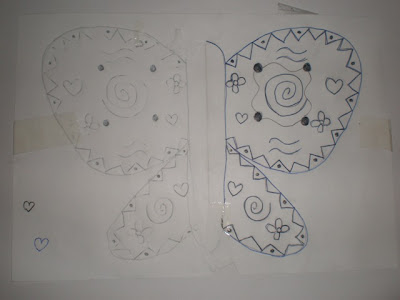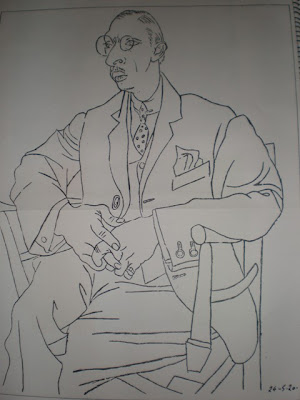Found Object Sculpture
Art can come in many forms. By using simple objects such as old kitchen ware, old toys or things bought from an op shop or tip shop a sculpture can be made. The materials and procedure for a found object sculpture will vary depending on what is being made. Bellow are the instructions on how I made my elephant sculpture.
Materials
Watering can
Salad spinner
4 little glasses
Grey tape
Googly eyes
Red paper
Stockings
Wire
Glue gun
Wool
Procedure
-Stick the glasses, which will be the legs, to the bottom of the salad spinner using grey tape
-Stick the watering can head to the handle of the salad spinner using grey tape
-Wrap grey tape around the watering can and salad spinner to be the skin
-Attach the eyes using a hot glue gun
-Cut out a mouth shape from the red paper and glue this on
- Tightly roll some grey tape into a long worm shape to be the tail and attach to the rear. Small pieces of wool is attached with grey tape to the end of the tail.
- Make the ears by stretching a stocking over the wire and tying in a know at the end. Attach the ear to the head using grey tape




































